Aural awareness may not be a totally level playing field at the outset but, whilst some people may be born with more natural facility, anyone can develop it with the right methods. Even perfect pitch can be acquired, although its usefulness is probably open to debate. The particular focus of this session is the acquisition of relative pitch, and how this can help you identify the real music that you hear on the bandstand.
You may have heard the idea that you can recognize intervals by relating them to famous songs e.g. by equating an augmented 4th to the opening notes of the theme from The Simpsons. However, whilst there’s nothing wrong with that as a way of getting started, it’s unlikely to get you past the first basic steps. That’s because, just as in navigation, measuring a distance between two points doesn’t actually tell you where you are! The augmented 4th in The Simpsons only sounds like it does because of how that interval relates to the overall context. A different augmented 4th in the same context probably wouldn’t invoke Homer and Marge at all.
A much better way of learning to recognize intervals and sounds is by considering the natural gravity that pitches are subject to in a piece of tonal music. This class explains that concept, and shows you how you can use it to identify even quite advanced jazz harmonies by ear.
“I can’t stress this enough though, the importance of those first fundamental steps. If anything in the class feels too challenging at the moment, go back to those major triad inversions. I promise it will bear fruit in the long run.”
~ Jamie Taylor
Relative Pitch vs Perfect Pitch
It is important to distinguish relative pitch versus perfect pitch. Relative pitch is the ability to distinguish the difference in pitch between two notes. Within tonal music, this is especially important. Perfect pitch in contrast is the ability to identify a pitch regardless of its relationship to other notes.
The purpose of this course is not to develop the ability to identify a pitch without context. Instead, the ear training within this course will provide a reference tone and then work to improve one’s ability to identify intervals, fourths, fifths, sevenths, etc. based off the initial tone. This is one of the most effective forms of playing by ear especially on the bandstand.
Developing Relative Pitch for Guitarists
Although relative pitch is particularly important for most musical instruments, this course is specially designed to enhance a guitarist’s relative pitch capabilities. The step-by-step approach will take you from understanding the tonal gravity implied by intervals to then further recognizing intervals through practice and repetition.
In the full 53m class we:
- Discuss the benefits and limitations of the “famous melody” approach.
- Identify which pitches exert tonal ‘gravity’ and why.
- Learn how to recognize these as absolute points, from which distances can be measured.
- Practice this together with a wide range of on-screen examples that you can use as ear tests.
- Explore how even complex altered dominant sounds can be recognized with this method.
- Demonstrate a rigorous relative pitch ‘workout’ exercise, using tonic sol-fa
This time, the class includes a 20-page PDF booklet, referenced throughout with captions, and synchronized on-screen notation.
In terms of level, this material could be of assistance to players with a wide range of experience. A beginner can benefit from getting into good aural awareness habits early on, and there may well be much more advanced players who wish to explore this area as well.
Whether singing or playing, your ability to identify relative pitch will greatly increase upon taking this course.
If you’re really confident that in a blindfold test, you’d always know a G7b13 from a G7b9 or a Cmaj7#11 from a Cmaj7#5, then you probably don’t need to take this class. If not, though, let’s get started right away!

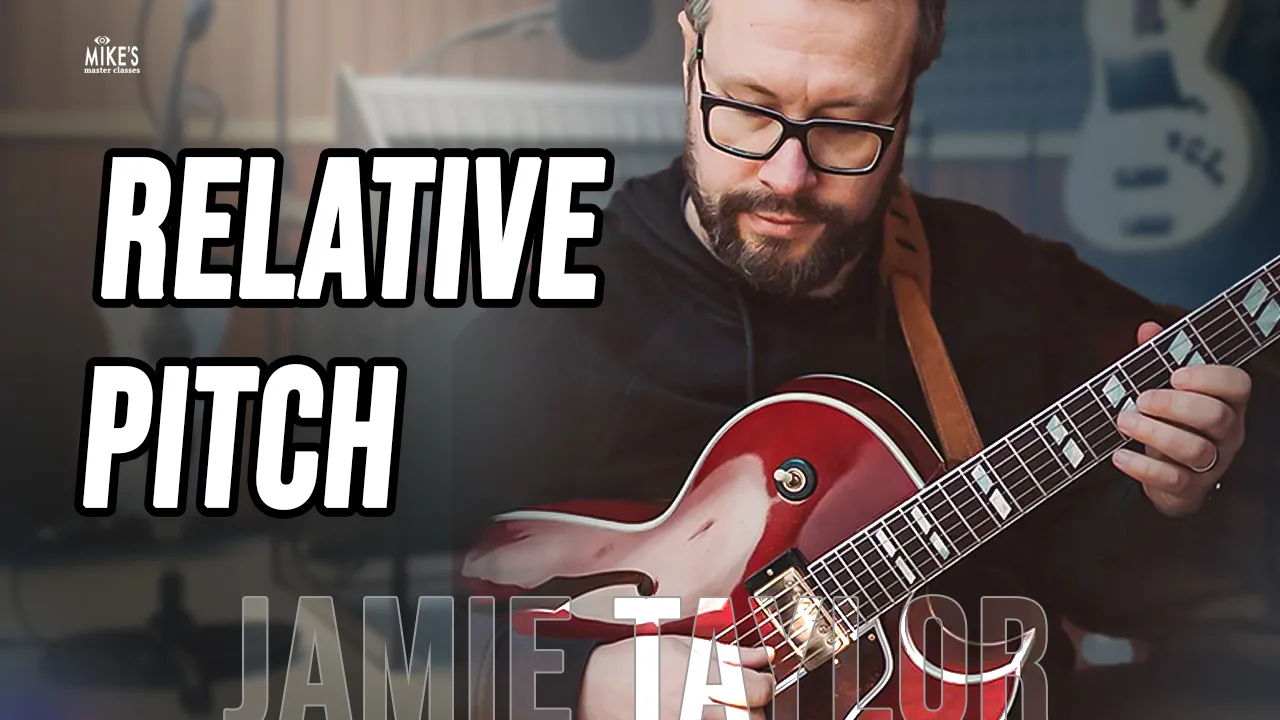

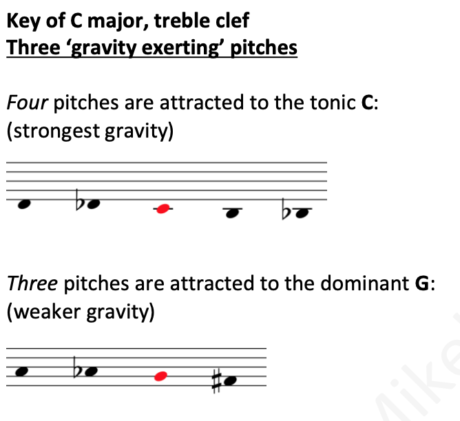
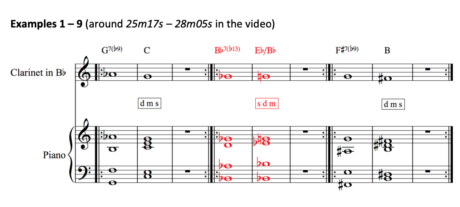
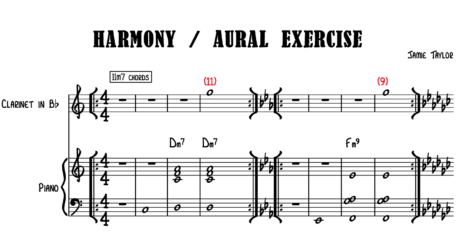



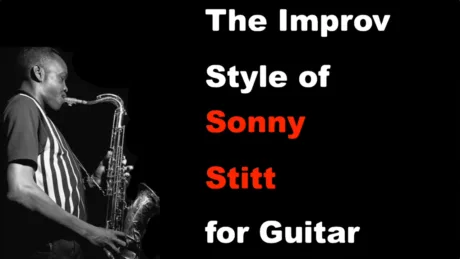





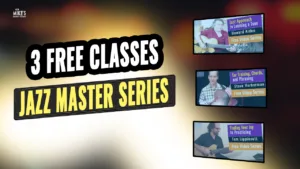

Unmissable and essential. Clear and applicable.
This nails it. If you have spent a lot of time on ear training and feel that what happens on the bandstand is a different process then you need to watch this. It bridges the gap by adopting a different method of perception. I can vouch for the effectiveness of the method in picking out melodies but Jamie takes it to a whole different level of sophisticated harmonic hearing. At last I have a reasonable hope of mastering more complex harmonies.
by Ray Bartlet